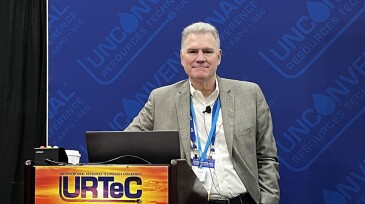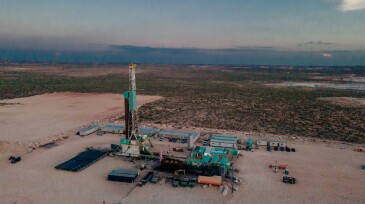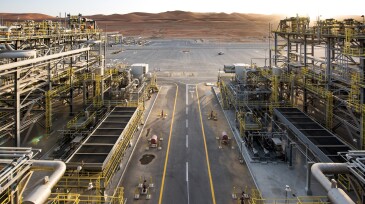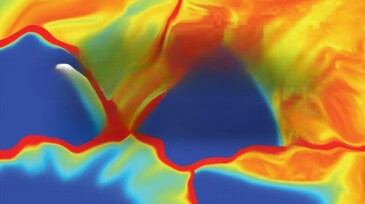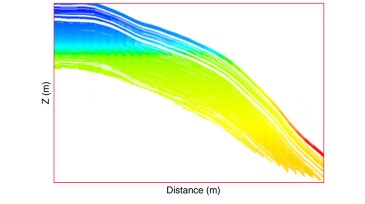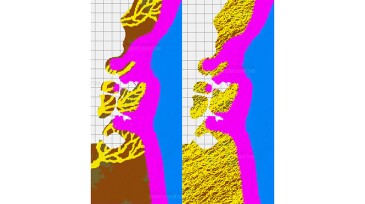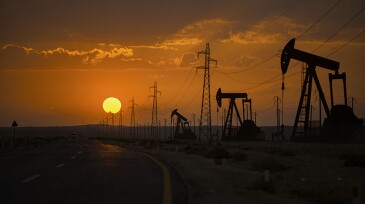Reservoir
Production from the Búzios field now tops 1 million B/D with six floating production systems in operation and more on the way.
Geophysicist Markos Sourial discusses advances in seismic imaging, the challenges of modern data processing, and what they mean for the next wave of subsurface professionals.
A new Eni/Petronas venture is targeting 500,000 BOE/D in output from combined upstream portfolios across Malaysia and Indonesia.
-
The new frontier of production improvement combines surveillance techniques and analysis to determine which variables boost output.
-
The KRI has become a significant player in the oil and gas industry. The authors use production data from key fields to explore the factors influencing both individual fields and overall production. An overview of the challenges and milestones in the region’s oil and gas sector from 2014 to 2023 enhances understanding of its evolution, current status, and future oppor…
-
High prices for untapped drilling locations in the Permian Basin have sparked some new trends in the tight oil dealmaking space.
-
Aramco’s investment pivot to gas aims to propel Saudi Arabia into the top tier of gas producers and LNG players globally by 2030.
-
The Integrated Reservoir Management Technical Section is committed to unite a community of technical professionals and academia driven to enhance reservoir performance by harnessing technological innovations and creating a collaborative space for strategic discussions and sustainable practices.
-
Fundamental research conducted to derive a transport model for ideal and partitioning tracers in porous media with two-phase flow that will allow fast and efficient characterization and selection of the correct tracer to be used in field applications.
-
The deal significantly expands the company’s position in the Bakken Shale play of North Dakota.
-
The authors of this paper review the advantages of machine learning in complex compositional reservoir simulations to determine fluid properties such as critical temperature and saturation pressure.
-
This paper details how the reservoir modeling workflow can be accelerated, and uncertainty reduced, even for challenging greenfield prospects by constructing multiple small fit-for-purpose integrated adaptive models.
-
This paper highlights an approach of using active hydrogen to stimulate hard-to-recover formations from candidate-well selection through pilot execution and evaluation.




